795 Views
Different Types of Plant Pots to Try Out

by
Arizona Pottery
(IC: professional)
If you are new to the wonderful world of gardening and enjoy planting colorful flowers in your garden, deck or patio, you may be keen to plant things in numerous areas around the property, instead of only utilizing the front garden and/or backyard flowerbeds. And that's where plant pots come in! Planters come in a vast array of different sizes, colors and styles, and some are much cheaper than others, so always shop around. When you become fed up of planting in the same flowerbed spots and are eager to make use of different types of plant pots, here are a few of the available options that you might want to check out.
1. Hanging Baskets - Undoubtedly one of the most common types of decorative plant pot, hanging baskets are both durable and versatile. They can easily brighten up a patio or deck, and can also be suspended from low backyard tree branches. Aesthetically appealing plants such as Begonias and Fuchsias look stunning, and you can even grow fresh herbs too, such as Oregano and Thyme! One key thing to take into consideration with hanging baskets is that they will unfortunately dry out fast if you live somewhere that experiences constantly sweltering temperatures. Whenever possible, choose baskets that are powder-coated inside, which will help to prevent rust in the long run.
2. Utilizing Recycled Items - Reusing secondhand objects offers your garden a much more unique and creative touch. Popular items to use include old rain boots, used coffee cans, cookie jars, or watering cans. If you have recently redecorated your bathroom, you can even reuse the old sink or bathtub, or you can cut the bottom out of the seat of an old chair and plant some flowers in there too! Old crates, wooden pallets, whiskey barrels, recycled kegs and old vanity desk drawers also give your backyard a more distinctive look if you have large amounts of flowers to grow. For smaller plants, an old tea kettle, or possibly even a nice ceramic jar, jug or vase are perfect. Remember that any metal objects will quickly heat up during the summer, which means you will need to water the plants more than usual to keep them cool. Furthermore, since metal is non-porous, make sure you drill holes at the bases so your flowers have adequate drainage. You can find more recycled item ideas http://hubpages.com/hub/-recycled-container-gardening-ideas.
3. Interior Self-Watering Planters - If your home boasts French doors that open out into the backyard, or perhaps you own a gazebo, deck or veranda area, you will naturally want to decorate these spots with gorgeous flowers and plants. Self-watering indoor plants pots are fantastic because they can help if you are a gardening newbie who has the tendency to under- or over-water your pots by accident. Whether you are a little clumsy, always away traveling due to work commitments, or simply a forgetful person, these clever self-watering doohickeys really come in handy. However, bear in mind that self-waterers are not suitable for larger plants and fruit trees, because the roots can become susceptible to disease over time.
4. Vertical Wall Planters - Although not technically "plant pots," if you are interested in adding a dedicated vinery to your property, there are lots of plants that enjoy scaling walls and/or dangling from garage guttering and rooftops. Commonly known as "living walls" when fully developed, you can create a greenery-covered wall with a little patience. Start out by placing a row of small-leafed vines in pots on top of your garage roof or at the top of a wall, and let them naturally trail downward. Good-looking trailers include string of pearls, English ivy and rosary vine. When they have started to cascade, attach some air plants directly to the wall via a waterproof adhesive. Also referred to as Tillandsia, air plants such as Baileyi and Velutina look great! For more information about Tillandsia, click http://en.wikipedia.org/wiki/Tillandsia.
5. Ceramic, Concrete and Terracotta Pots - Another popular gardening choice, these types of pots normally have one or two small drainage holes at the base; if you require more holes, carefully drill supplementary holes while also ensuring that you don't crack the pot's walls! When the weather turns chilly, they may split or crack if the soil freezes and expands. These pots are typically bottom-heavy, so take this into account when you are deciding where to position them. Concrete planters are characteristically high in lime, which can be toxic to numerous plants and flowers. Therefore, before using a concrete-based pot, you must water the pot multiple times so that the excess lime is removed. Each time you do this, allow the water to totally dissipate before repeating. You can also simply place any concrete pots outside in the rain for a few weeks, checking every now and again that the lime has been completely eliminated. You can find more information about terracotta pots http://www.finegardening.com/perfect-pot.
Enjoyed the project?
Published July 11th, 2014 6:04 PM
Comments
Join the conversation
2 comments
-
Great roundup of the possibilities containers provide.
 Douglas Hunt
on Jul 12, 2014
Douglas Hunt
on Jul 12, 2014
-
-
Thank you i'm new to gardening. Well it's been a couple years now, still learning.
 Anna Ibarra
on Jul 13, 2014
Anna Ibarra
on Jul 13, 2014
-



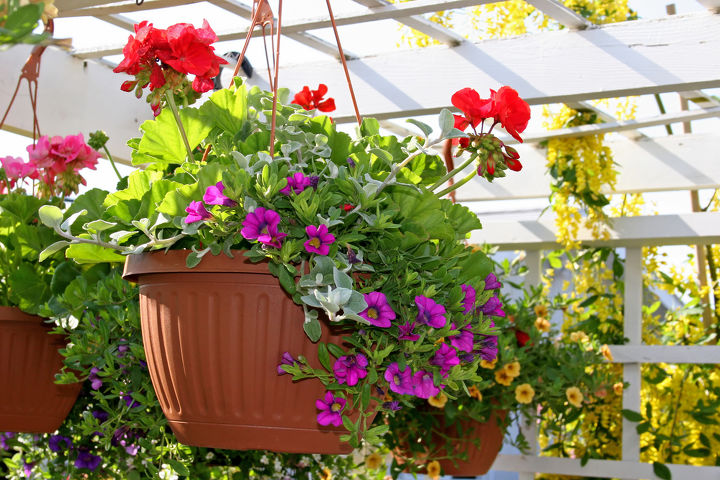




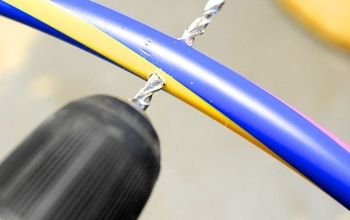







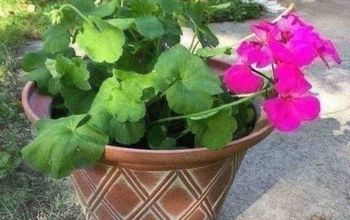
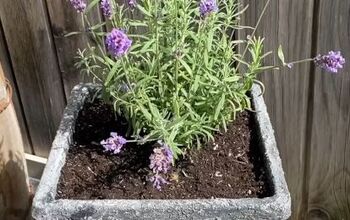
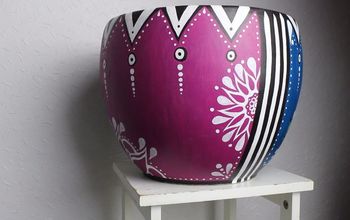




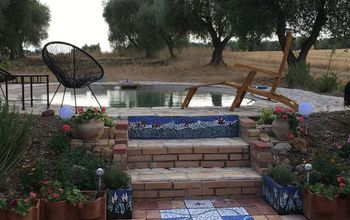







Frequently asked questions
Have a question about this project?